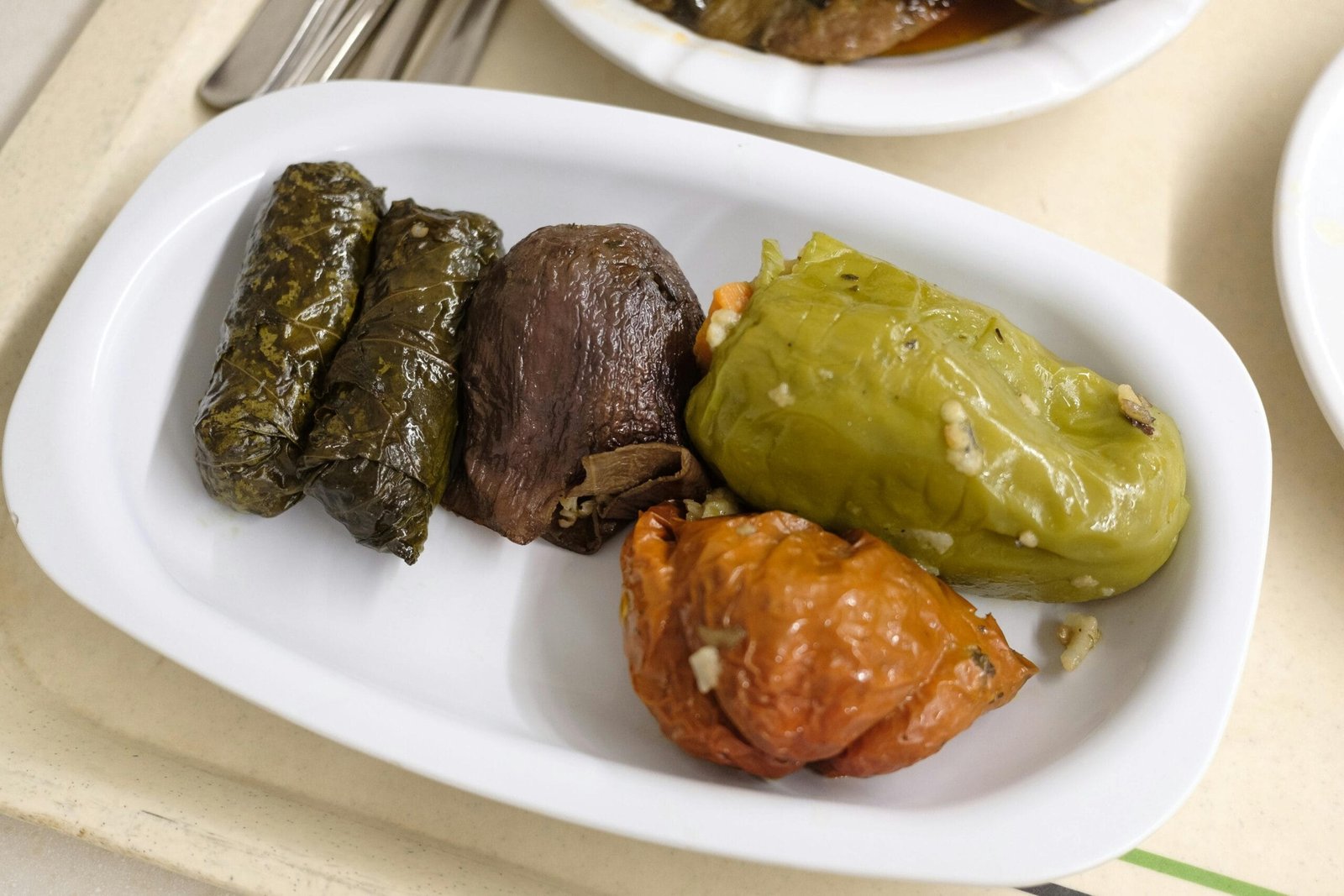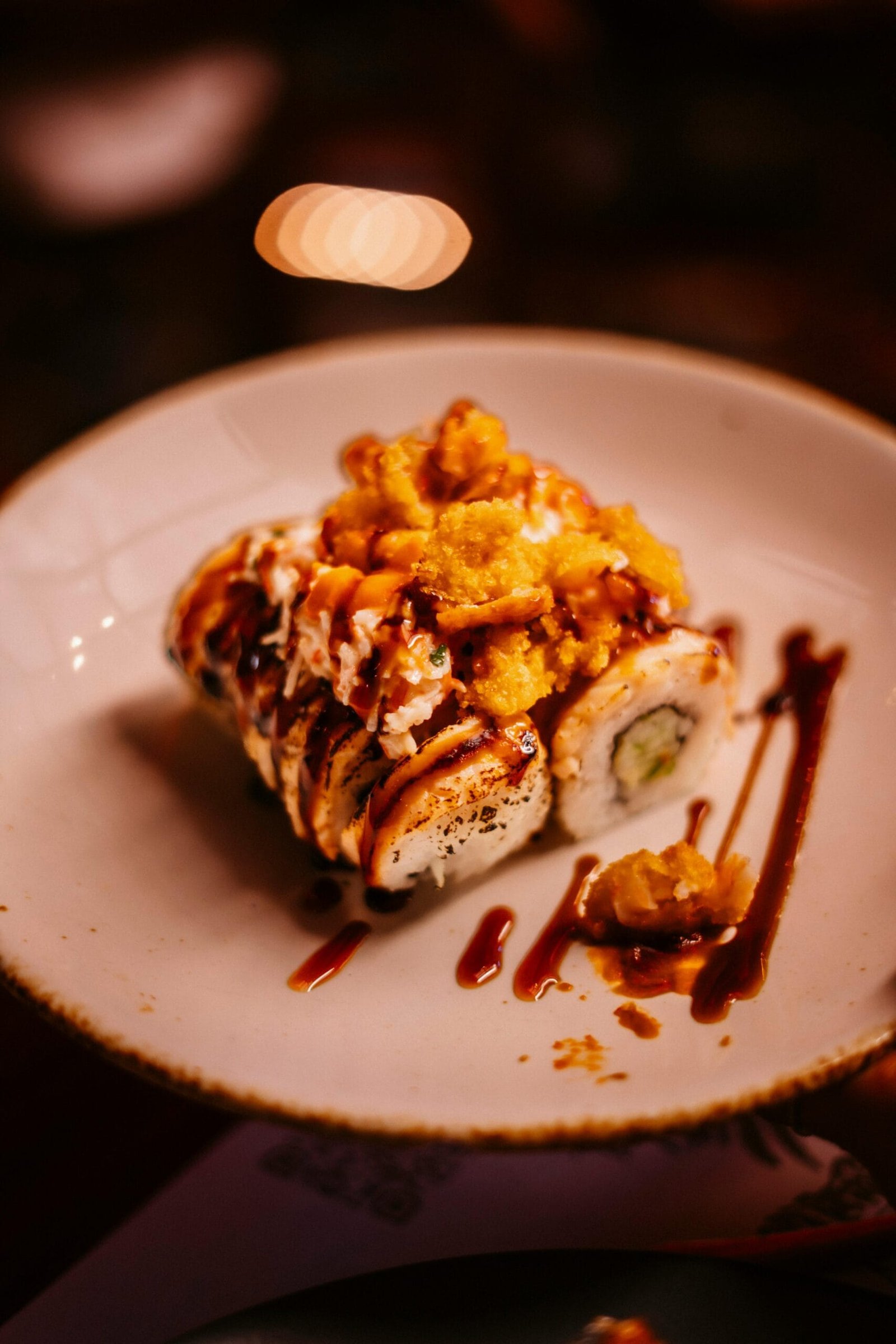Have you ever found yourself pondering how to elevate your sushi-making skills with novel twists? If so, you’re about to embark on a culinary adventure that marries the delicate art of sushi with the bold and vibrant flavors of Korean cuisine. With an emphasis on creativity and innovation, you’ll discover avant-garde ideas that transform traditional sushi rolls into extraordinary gastronomic experiences.
The Fusion of Korean and Japanese Cuisine
Though they stem from different culinary traditions, Japanese and Korean cuisines share common elements such as rice, seafood, and vegetables. However, by blending these two, you can introduce new textures and flavors to your sushi rolls, creating a remarkable dining experience.
Understanding the Basics of Sushi Rolls
Before we jump into the fusion, let’s revisit what makes a traditional sushi roll. Sushi rolls, or makizushi, generally consist of rice, specialized fillings, and there’s always the quintessential wrap of nori (seaweed). The choice of filling and condiments largely defines the roll’s flavor profile. With a sprinkle of creativity, you can incorporate Korean ingredients into these basic elements.
Korean Ingredients Meeting Japanese Techniques
Korean cuisine is brimming with ingredients that pack a punch—be it in terms of flavor, color, or texture. Items like kimchi, gochujang (Korean chili paste), and bulgogi bring boldness to the table, making them ideal candidates for a sushi transformation.
Exploring Avant-garde Ideas
Prepare your taste buds for a transcendent journey through unique sushi concepts highlighted by Korean ingredients.
Kimchi and Tuna Rolls
The tanginess and spiciness of kimchi can elevate the simplicity of tuna rolls. Whether you incorporate it directly in the roll or as a topping, kimchi will add depth and vibrancy to your sushi.
Ingredients:
- Vinegared sushi rice
- Sheets of nori
- Fresh tuna slices
- Finely chopped kimchi
- Avocado slices (optional)
Instructions:
- Lay a sheet of nori on a bamboo sushi mat.
- Spread a thin layer of rice over the nori.
- Add tuna slices and a layer of chopped kimchi onto the rice.
- Roll firmly using the bamboo mat.
- Slice your roll and enjoy the fusion of spicy and savory.
Bulgogi Rolls with Pickled Radish
Imagine succulent, marinated beef wrapped in rice and seaweed—it transcends the traditional boundaries of sushi with its savory-sweet flavoring.
Ingredients:
- Sushi rice
- Nori sheets
- Thinly sliced bulgogi beef
- Pickled yellow radish (danmuji)
- Sesame seeds
Instructions:
- Cook the bulgogi beef according to your preferred recipe.
- Spread sushi rice over the nori, sprinkle sesame seeds.
- Place cooked bulgogi and danmuji along the center.
- Roll tightly and slice into pieces.
Gochujang Salmon Rolls
A spicy twist on the usual salmon roll, the addition of gochujang gives the fish a bold, vibrant kick.
Ingredients:
- Sushi rice
- Nori sheets
- Fresh salmon slices
- Gochujang paste
- Cucumber sticks
Instructions:
- Layer sushi rice on the nori, add a thin line of gochujang.
- Place salmon and cucumber on top.
- Roll tightly using the bamboo mat and slice.
- Delicious notes of heat and freshness will unfold with each bite.

The Art of Balancing Flavors
When it comes to merging Korean and Japanese flavors, balance is key. The robust flavors of Korean ingredients may overpower the delicate subtleness associated with sushi if not proportioned correctly.
Achieving Harmony in Rolls
Balancing these bold ingredients means being mindful of their intensity. Use lighter-flavored fillings to smooth out richer ingredients. For instance, pairing creamy avocado or crisp cucumber can counterbalance spiciness.
Role of Dipping Sauces
Alongside the rolls, inventive dipping sauces can complement your culinary creations. Try concocting a soy sauce blended with sesame oil, or add a hint of yuzu for a tangy twist. Such dipping sauces can honor both Japanese umami richness and Korean zestiness.
Suggested Pairings for an Elevated Experience
To complement your avant-garde sushi rolls, consider pairings that enhance the eating experience.
Beverages
Opt for a selection of beverages that complement rather than overpower. Light, crisp sake or green tea are excellent choices. Their subtlety allows the sushi’s intricate flavors to shine. Alternatively, you might choose Korean soju to bring in another layer of cultural fusion.
Accompaniments
Ginger and wasabi are traditional sushi accompaniments that cut through savory and spicy flavors. Pickled Korean garlic (maneul jangajji) could provide an exciting addition with its tangy-sweet notes, making it perfect alongside the fusion rolls.

A Creative Canvas: Customizing Your Fusion Sushi
Once you get comfortable with these avant-garde concepts, don’t hesitate to vary your ingredients. The beauty of fusion cuisine lies in the endless possibilities of experimenting with textures and flavors.
Substituting Ingredients
Switching ingredients can provide surprising new tastes. For instance, replacing bulgogi with spicy pork can bring a deliciously smoky and fiery twist. If you prefer vegetarian options, try grilled vegetables with a gochujang drizzle.
Adding New Layers
Consider extra toppings to change the flavor profile. Thin slices of Korean pear offer sweet crunchiness, while shredded dried seaweed (gim) can add an umami punch. These simple additions can transform the overall experience.
Addressing Common Challenges
Like any art, fusion sushi can present challenges. From maintaining rice texture to avoiding overpowering flavors, each step demands precision and care.
Mastering Rice Textures
Ensuring your sushi rice is the right consistency is vital. When mixing seasoned rice vinegar with freshly cooked rice, fold it rather than stir to retain air and avoid making it mushy.
Avoiding Overpowering Flavors
If you accidentally add too much of a strong ingredient like gochujang, balance it with milder flavors or add some sweetening agents like a touch of sugar or honey.

Bringing Tradition into Modernity
As you explore these avant-garde ideas, remember that innovation doesn’t imply discarding tradition—it means building upon it. By paying homage to both Korean and Japanese culinary heritages, you’ll create sushi that’s not only delicious but also a narrative of cross-cultural respect.
Bridging Cultures
The fusion of culinary traditions bridges cultural divides, showcasing the art of mutual creativity. These sushi rolls can become a celebration ritual for shared histories and the excitement of pushing culinary boundaries.
A Taste of Global Cuisine
Through such avant-garde exploration, you can contribute to the vibrant, global tapestry of contemporary cuisine—one sushi roll at a time. Your innovative dishes both honor age-old practices and introduce exciting flavors to those with curious palates.
In conclusion, the world of sushi rolls stands open to creative forays and flavor-packed adventures. By incorporating Korean ingredients, you pave the way for a delicious blend of tradition and modern innovation. So, why not create a masterpiece that’s deeply rooted in culinary history while breaking contemporary flavor grounds? With these avant-garde ideas, your sushi rolls will not only tantalize taste buds but also inspire culinary curiosity.
